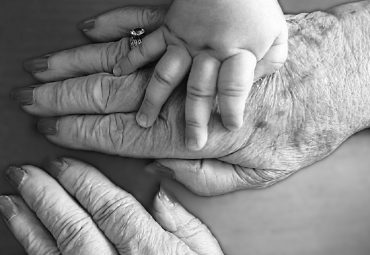Neural mechanisms of haptic monitoring
Abstract
Manipulating objects involves a sequence of specific sensory events linked to different subgoals. The apparent simplicity of these steps belies the abundant collection of neural mechanisms that are involved in this process. Dexterous manipulation requires the computation of the somatosensory predictions related to the initiated action since the temporal delays of corrective mechanisms implementing online corrections are too long to rely on. During this process control mechanisms must constantly compare the expected (predicted) and the actual afferent somatosensory input. However there is still scarce knowledge regarding how long it requires for the haptic system to process unexpected tactile input as well as the neural architecture supporting haptic control monitoring.
The present dissertation is focused on providing strong insights on the neural aspects subserving tactile control mechanisms. This dissertation encloses three different studies to shed some light on these issues. These empirical data are presented in Chapters 3 to 5, in the form of three articles. Chapter three assesses the time required by sighted population to process unexpected tactile input. Using electrophysiological measures we demonstrate that shapes can be haptically discriminated 175 ms after the arrival of the last finger to reach the object. Chapter four addresses the speed of shape and texture discrimination in early blind population using again high-density electrophysiological recordings. No differences are found between the sighted and the unsighted groups in the shape discrimination task with both groups discriminating shapes around 250 ms after the arrival of the first finger to reach the object. As opposed, early blinds are found to discriminate textures before the sighted, at 170 ms and 230 ms respectively, suggesting superior tactile skills in this task. Differences between groups are seen to arise at the initial stages of haptic processing, as soon as 75 ms after contacting the textures. Chapter five investigates the neural substrates underlying the detection of unexpected tactile stimuli using functional neuroimaging data. Comparing expected and unexpected shapes and textures we reveal that the supramarginal area is the keystone in the comparison of expected and actual somatosensory input (regardless it is shape or texture that we are processing). Functional connectivity analyses show that this area is more connected to the cerebellum and sensorimotor areas in unexpected trials. We also demonstrate that medial frontal and middle temporal are also areas implicated in this process, whereas the left primary sensorimotor region seems to have a role in the detection of more specialized haptic mismatch (specific for shapes and textures).
Taken together, the research presented here strengthens the idea that the haptic system is capable of discriminating stimuli slightly slower than the visual system and that early blind population presents superior tactile abilities than sighted at least in some tactile tasks. To conclude, our results point to haptic control being governed by higher-order associative regions instead of specialized somatosensory areas.

